After becoming extinct 400 years ago, beavers have returned to Britain's rivers. While some have been reintroduced, others' origins are less clear and not all are welcomed by local people and landowners. Record numbers of beavers were released in the UK in 2020 and 2021, in nature reserves and chalk downland. But why did beavers go extinct in the first place, how have they returned and what impact are they having on the British landscape?
Here is our guide to Britain's beaver population, with a few key details regarding the history of beavers in the UK, the pros and cons of reintroducing the species, where they can be found and key characteristics.
Guide to Britain's Beavers
How big are Eurasian beavers?
"Size of a Labrador – well, at least a cocker spaniel,” says Peter Burgess, conservation manager for Devon Wildlife Trust. They can be up to 1m long, with a 50cm tail and weigh up to 30kg (averaging about 18kg). It is the world’s second largest rodent behind the capybara of South America.
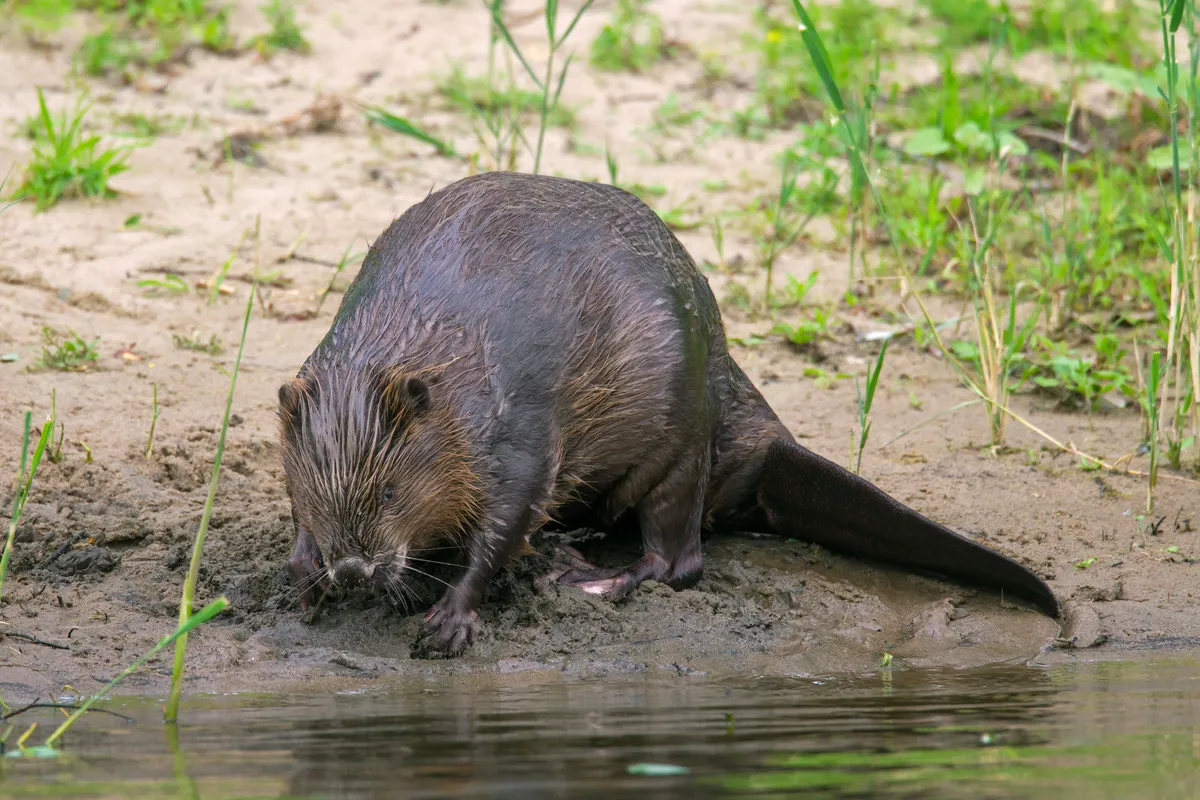
When did beavers become extinct in Britain?
Beavers were once native to the UK but were hunted to extinction as recently as 300-400 years ago. They were hunted as vermin, for their fur and also for their meat, which was highly prized. The beaver was last seen in the wild in Britain in the 16th century after being heavily hunted for its pelt. They had all but died out across Europe by the 18th century.
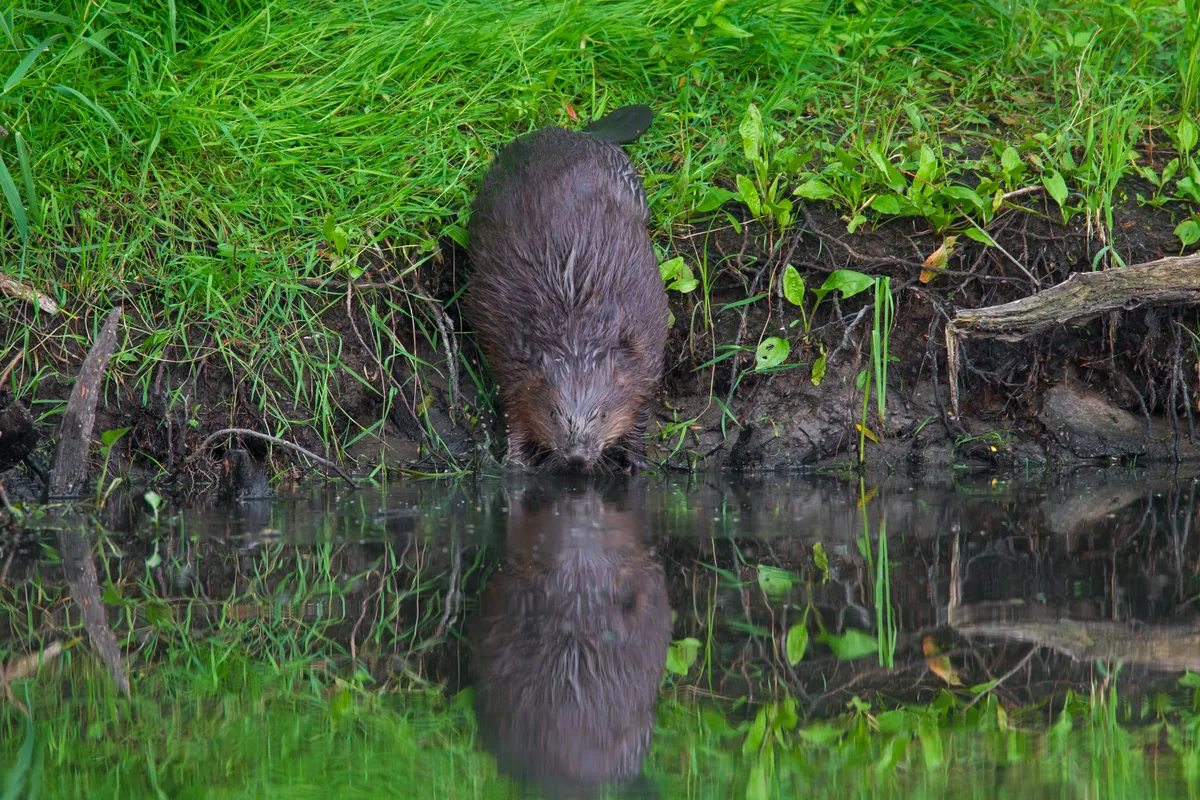
Do beavers eat fish?
No. They eat vegetation – including shoots, leaves, roots and stems of waterside vegetation and leaves. They fell trees to get at the tender foliage at the top of the tree.
How fast can a beaver chop down a tree?
When editor Fergus visited the River Otter with the Devon Wildlife Trust, he found a newly felled willow tree. Its trunk was a foot in diameter, chiseled through in cartoon-fashion and surrounded by bright wood chips. Peter Burgess from the Trust estimated that it would take a beaver a single night to do this.
Why do beavers build dams?
The beavers build dams over 1m high using tree trunks and other vegetation to create deep pools as refuges, as well as to make it easier to get around. They also use deep water as a refrigerator to store food in over the winter. The tend to build the dams in the smaller upper tributaries of a river.
Where can you see beavers in the UK?
There is a small population on the River Otter in East Devon. No one knows how they got here, although escapes from private collections have occurred elsewhere in the UK. Others claim the beavers were released deliberately.
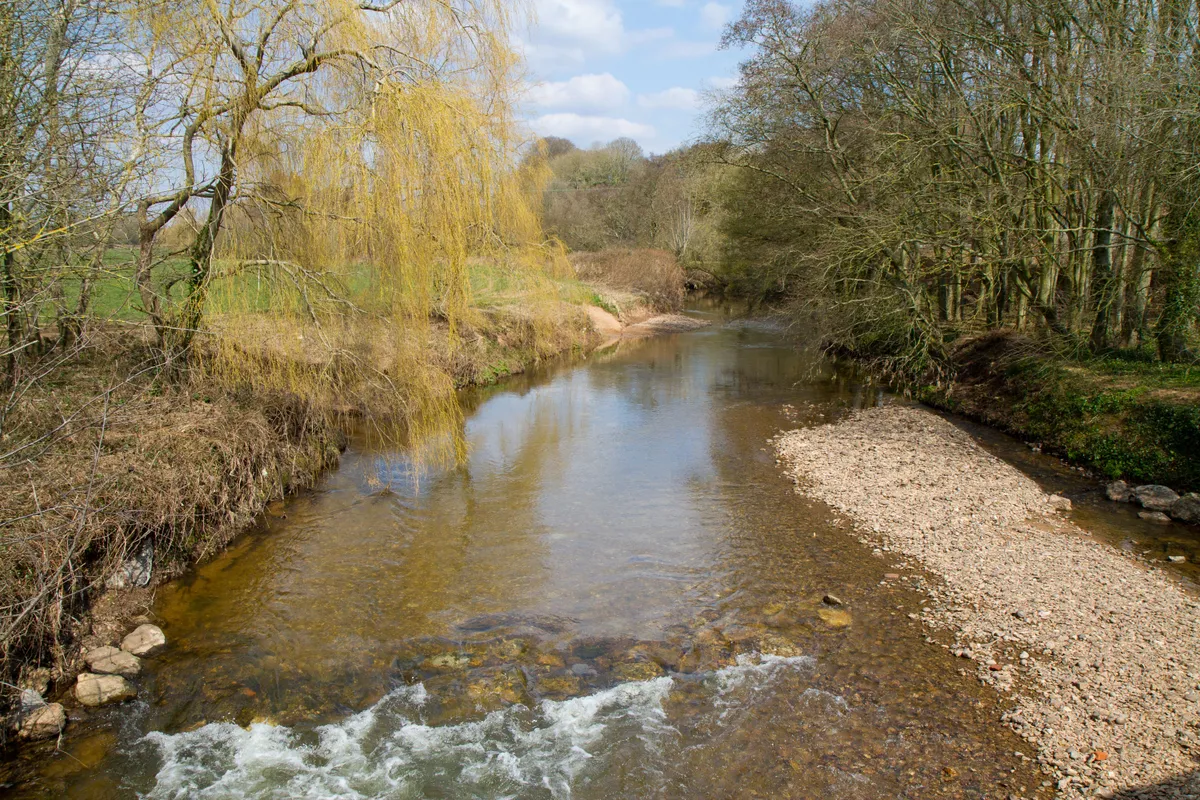
In January 2015, Natural England declared that the beavers would be allowed to remain on condition that they were free of disease and of Eurasian descent. The five beavers were caught and tested – DNA testing showed that the animals were the once-native Eurasian beaver, and none of the beavers was found to be infected with Echinococcus multilocularis, tularaemia, or bovine TB.
The Scottish Beaver Trial saw the release of small numbers of beavers in Knapdale in Argyll on the west coast of mainland Scotland.
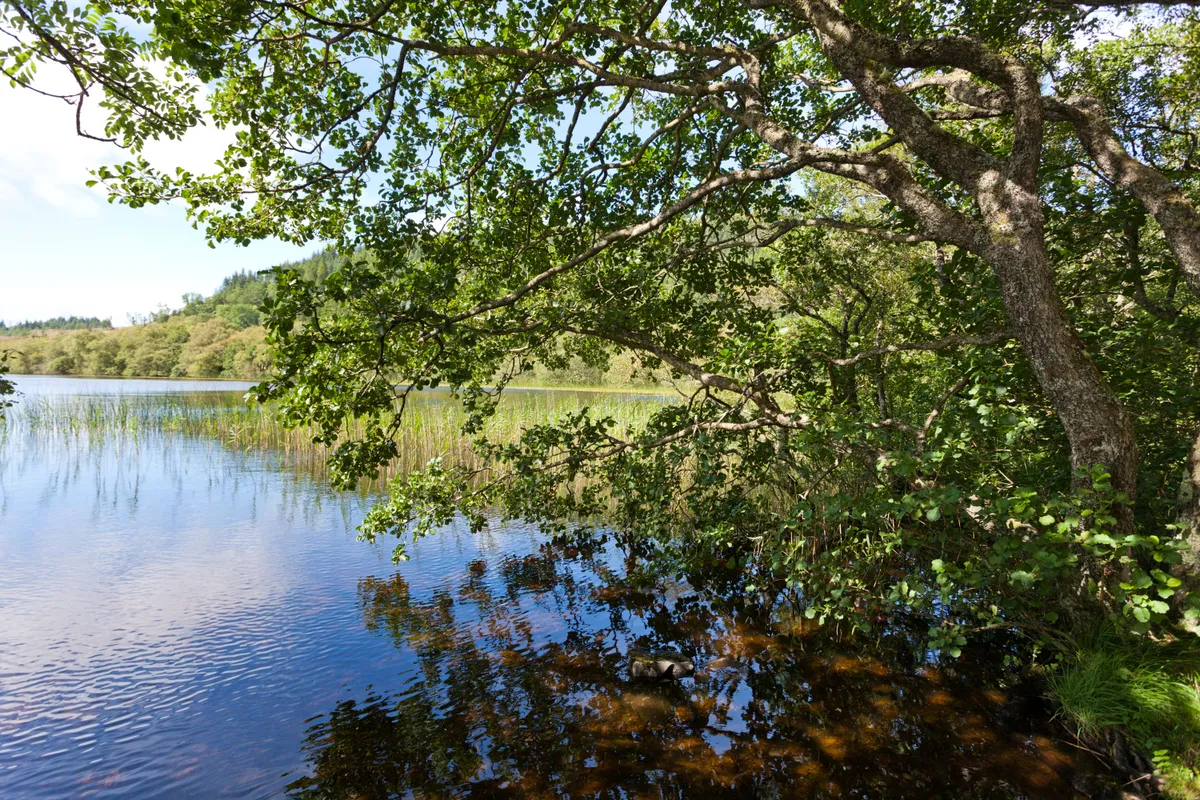
In November 2016, the Scottish government ruled that the trial had been a success and that the beavers could stay in Knapdale for good. More beavers were released in October 2017 and a further reintroduction is due to take place in spring 2018.
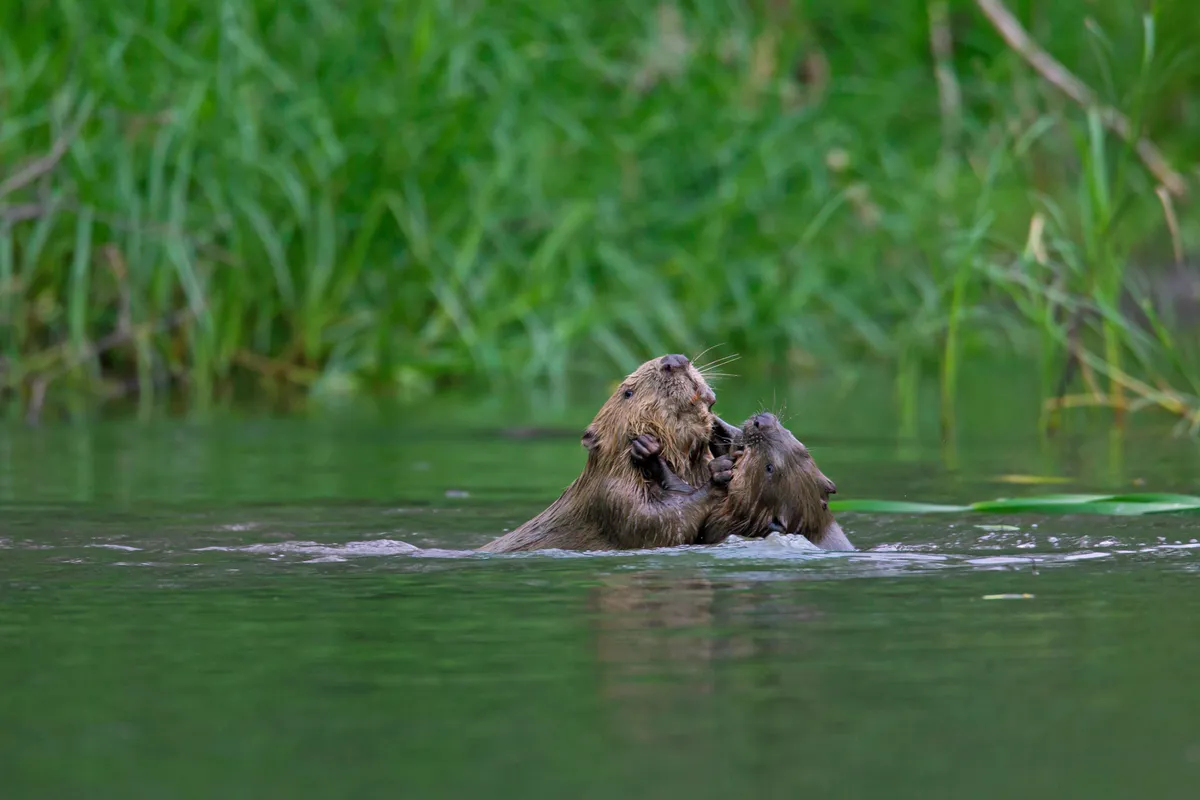
There is a large population of beavers on the River Tay catchment area in eastern Scotland. No one knows where these originated from but there may be as many as 200-300 individuals at large. There have been reports of many ‘Tay’ beavers being shot by local farmers and landowners.
In June 2017, two adult beavers, one male, one female, were released into a pond on-site at Nankilly water, a stream at Woodland Valley Farm near Ladock in Cornwall. The beavers began dam building after just two nights.
In 2020, beavers were released into Hatchmere Nature Reserve in Cheshire, and in 2021, beavers were released onto the South Downs in Southern England and in Dorset.
Are there any beavers in Wales?
The latest beaver release in March 2021 included an adult and its offspring at Cors Dyfi Nature Reserve in Powys, Wales. The Welsh Beaver project is working to reintroduce the species to Wales.
Are beavers beneficial to the British countryside?
Arguments rage as to whether the animals should stay. Conservationists such as Devon Wildlife Trust say that beaver dams improve a river’s water quality and flow, as well as creating mosaics of habitat for a range of wildlife; some anglers fear the dams will impede migrating fish, while some landowners and riverside homeowners are concerned about potential flooding caused by the dams as well as loss of trees and crops.
What are the pros or cons of beaver reintroduction?
Because beavers like wetlands, they increase the biodiversity of any area where they are found. Wetlands lead to soft wood, which is good for species such as woodpeckers, as well as frogs, toads, water voles, dragonflies and otters. And their instinct for gnawing trees and coppicing helps to stimulate new tree growth. A 2015 study found that beavers are beneficial in boosting fish populations by helping to improve water quality, while a more recent 2018 study has backed up these claims.
Mark Elliott, Project Manager at the Devon Wildlife Trust, explains why we need beavers back in Britain.
1789 was a bad year for British wetlands and wildlife. That year, the last bounty was paid for a Eurasian beaver skull in Britain. This entirely vegetarian animal, native to Europe and Asia, plays a vital role in shaping our landscape. Lost from Britain once, we need it back.
Our wetland species evolved alongside beavers
Ever since the last ice age our wetland plants and animals lived in wetlands created by beavers and adapted to rely on them – look at the way trees like willow, alder and aspen regenerate when cut. Beavers coppice trees to stimulate fresh growth, and so open out our river banks and wetlands for other species to thrive. They are remarkable water engineers and create an amazing mosaic of dams, ponds, and canals.
Two thirds of all British wetland species are supported by ponds
Almost all ponds are now man-made – because all the beavers have gone. In the Devon Beaver Project site, our family of beavers have made over 10 ponds in 3 years benefitting a wonderful array of dragonflies, birds and amphibians. The 10 clumps of frogspawn laid in 2011 increased to 370 clumps this year.
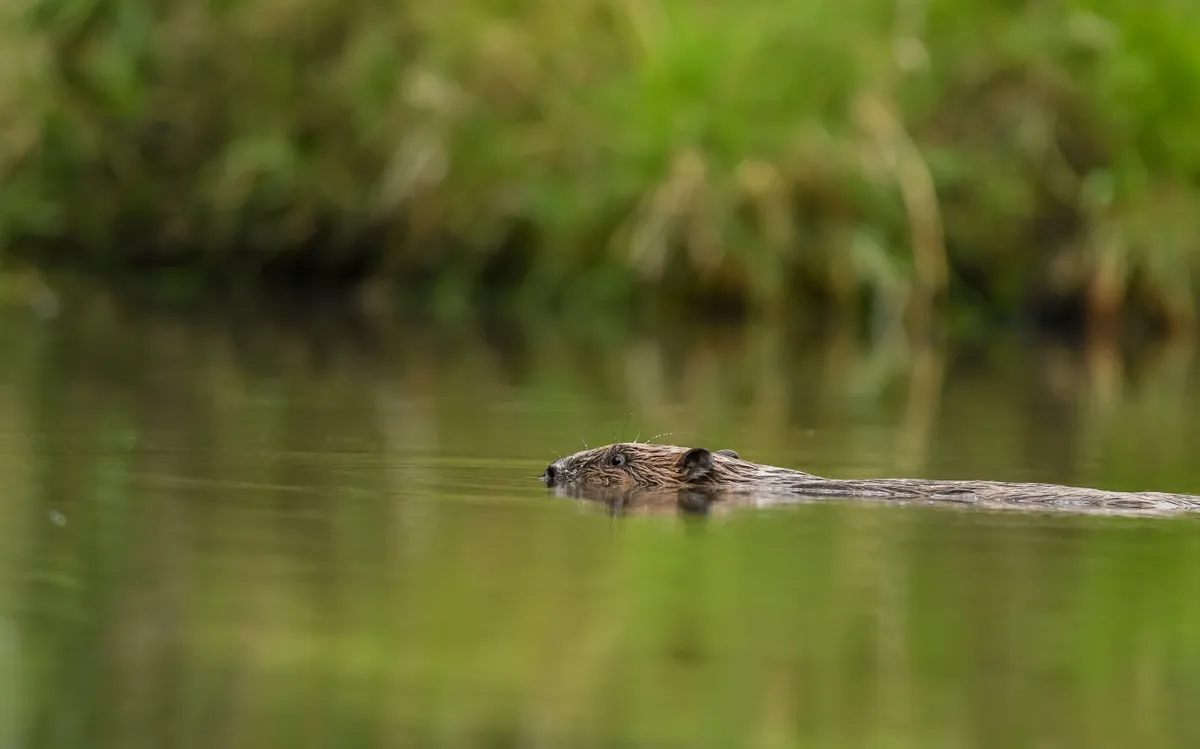
Our rivers and wetlands are sick
They have been drained and over-engineered to get the water off the land and out to sea as quickly as possible. We suffer floods when it rains and dry rivers during droughts, and our wetland wildlife is massively depleted. Beavers are the medicine. They reinvigorate these wetlands, and hold water back in the headwaters, reducing the risk of flooding and ensuring a more constant flow of water during drier periods – better for mayflies, dippers and fish. And the rivers are cleaner as the dams filter out the sediment and other pollutants.
Natural rivers are best for fish
Across most of Europe and North America, beavers are generally considered beneficial for fish like trout, and the science appears to support this. They create braided meandering rivers, with clean and extensive spawning gravels for fish. The evidence suggests that young fish grow faster and return to sea healthier if they live in beaver ponds. Despite this some British anglers seem concerned that re-introduced beavers will dam rivers so securely that salmon will be unable to migrate up to their spawning gravels – despite the fact that our native fish evolved alongside beavers.
People want them back
Many other countries in Europe have now reintroduced beavers, driven in part by the great affection that people feel for this large charismatic plant-eating rodent. In the Knapdale area of Scotland, one local hotelier has reported that 20% of his 2013 guests were there because of the reintroduced beavers. And we have absolutely nothing to fear. Beavers are slow to spread, and stay within a few metres of rivers and streams. They are also easy to control and any disease risks and adverse impacts can be managed. Devon Wildlife Trust is seeking to use the small wild and breeding population now living on the River Otter as an opportunity to study these impacts in a real life lowland British landscape.
And the argument against the reintroduction of beavers
Mark Lloyd, Chief Executive of the Angling Trust, explains why beavers should not be reintroduced in Britain.
Our rivers have changed dramatically
Although beavers were native to some parts of the British Isles more than 500 years ago, our rivers have changed dramatically in the past five centuries and suffer from endemic pollution, over-abstraction of water and the presence more than 20,000 weirs and dams which act as barriers to fish migration. Nearly all fish species, not just trout and salmon, need to migrate up and down rivers in order to complete their life cycle and the addition of beaver dams would only increase the number of obstacles that fish have to overcome. If we remove all these barriers to migration, then beavers present less of a problem to fisheries.
It would be irresponsible
In a healthy natural ecosystem, beavers can actually be beneficial because they introduce woody debris to rivers and their dams can trap silt and create new habitats. However, fewer than 25% of England and Wales’ rivers are in good ecological condition and the Angling Trust’s view is that it would be irresponsible even to consider reintroducing this species into the wild without first restoring our rivers to good health by tackling low flows, pollution and removing the vast majority of man-made barriers to fish migration.
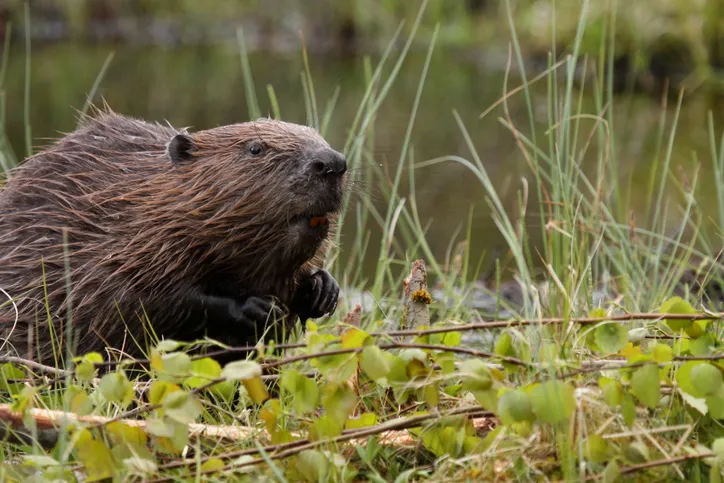
Beavers can spread fatal diseases
Beavers imported from abroad have the potential to spread the tapeworm Echinococcus multilocularis which can spread to dogs and humans, for whom it can be fatal. Britain is currently free of this parasite.
They pose a risk to infrastructure
Evidence from North America and Germany shows the considerable risk to infrastructure – including flood defence assets, roads and railways – from allowing beavers to become established in high risk and populated areas. An adult beaver can bring down a 10 inch wide tree in under an hour, and a single beaver family will fell up to 300 trees a year. In the upper Danube region of Germany, beavers have caused £5 million of damage. How will riverside residents feel when the only tree in their garden is gnawed down overnight? Or a beaver dam floods a housing estate that has never before flooded? The problem with beavers is that they are very secretive and mainly nocturnal, and they don’t stay put, so they will spread from rural areas to villages and the edges of towns and cities.